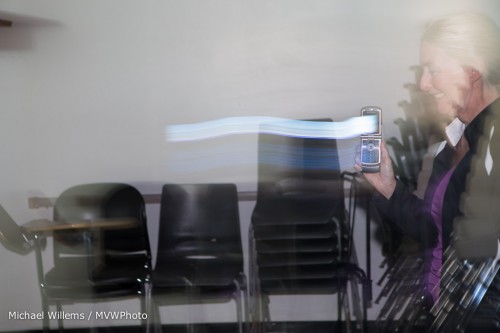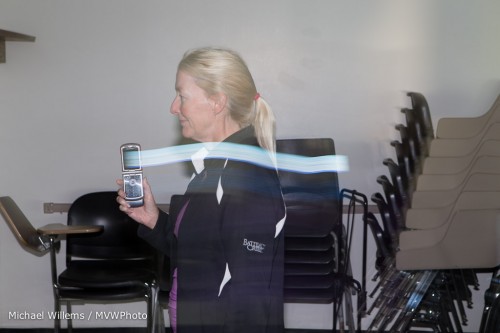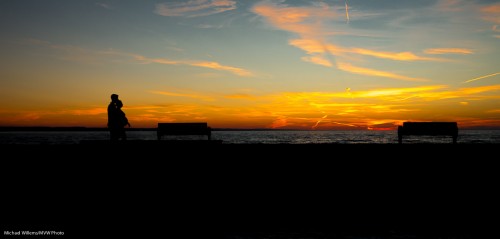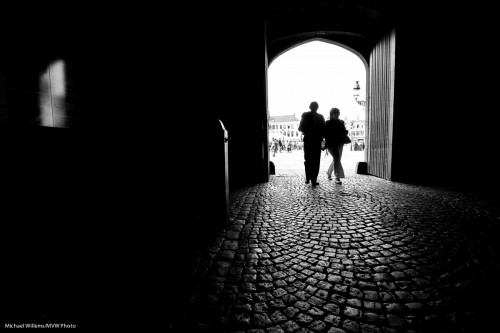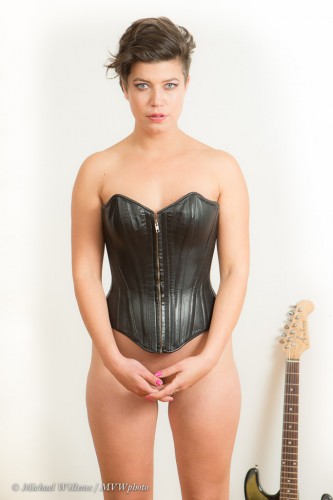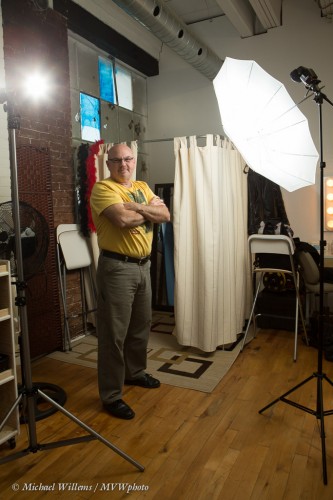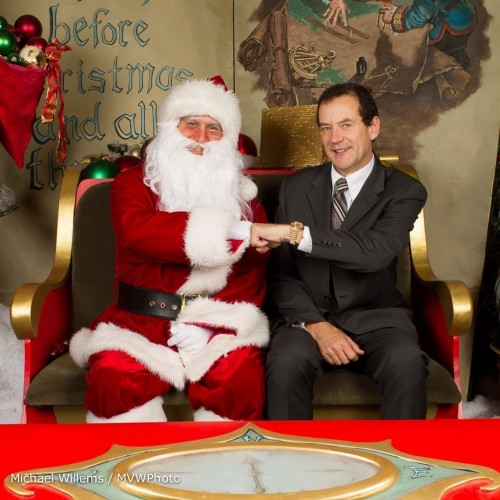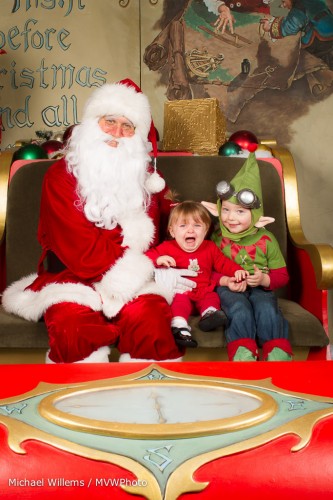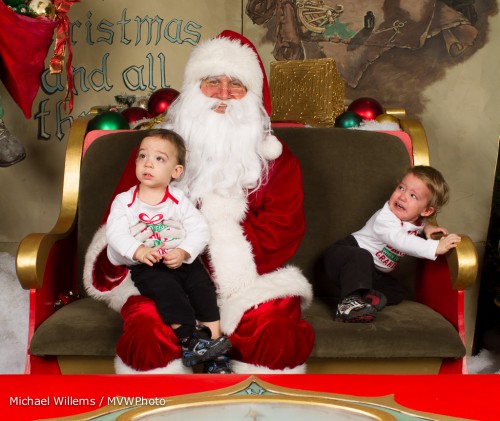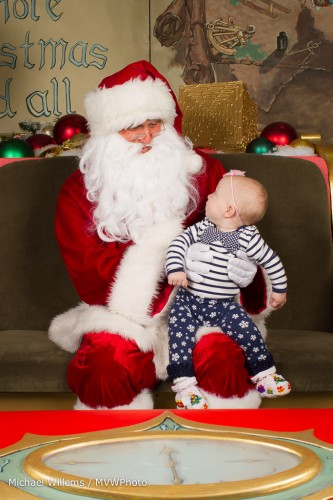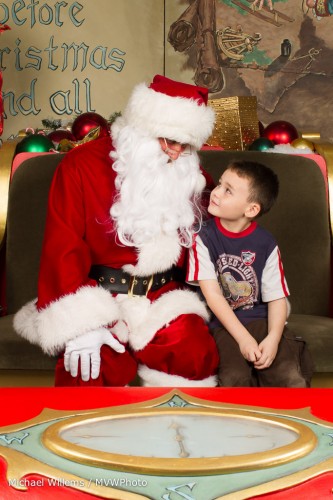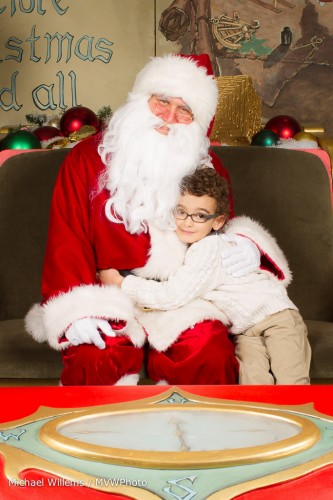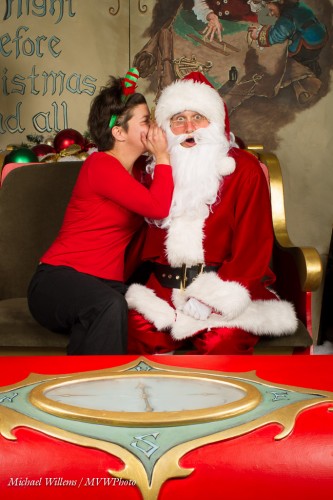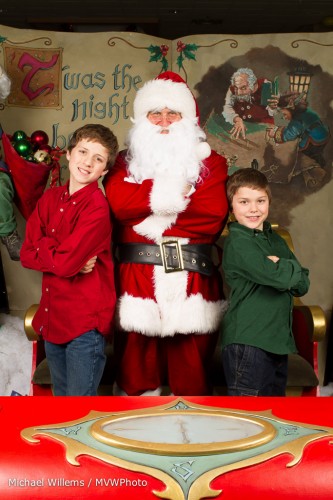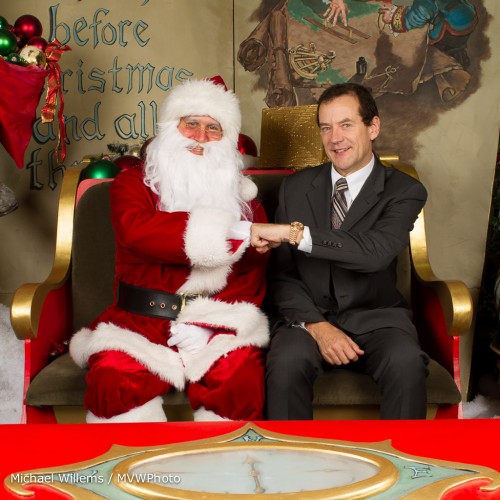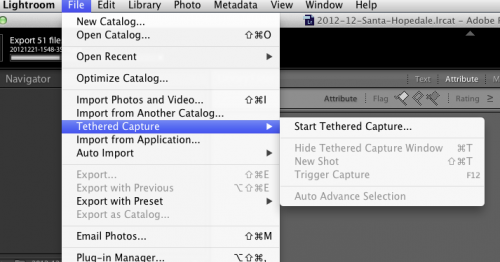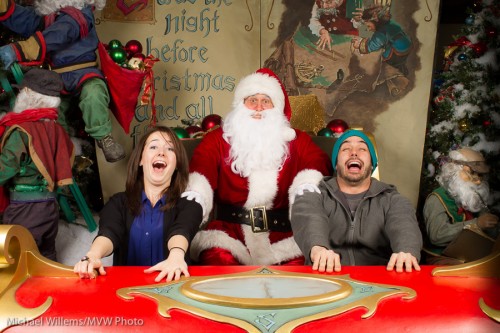Did you receive a new camera for Christmas?
In that case, I suggest you now learn to use it. Learn, first and foremost, to operate it in manual exposure mode – this is the same on all cameras. Learn all the menus – this is camera-specific. Also learn all the extra functions that make your camera great.
It’s what I teach (for all cameras), and as the new year approaches, if you would like to try coaching, portfolio review, or any other type of private training, give me a call or drop me a line. I have special offers for the start of the year.
Learn also to avoid common misconceptions. Misconceptions like “flash pictures get warmer backgrounds if you use second (or ‘rear’) curtain sync”. This is nonsense.
Normally, a flash picture, with your camera in its default setting of First Curtain Sync, works like this:
- The shutter opens
- The flash immediately fires
- The shutter stays open for the set time
- The shutter closes
This is fine, but if your subject moves forward during a slow exposure, and that subject has light other then the flash this happens:
The subject appears to be moving backward!
If we select Second Curtain Sync (or Rear Curtain Sync), now the sequence becomes:
- The shutter opens
- The shutter stays open for the set time
- Just before the end of this time, the flash fires
- The shutter closes
Now we get this:
…which at least looks like the phone leaves a natural light trail.
Other than that, “front/rear curtain” has no effects on anything else. Myth dispelled, I hope.

